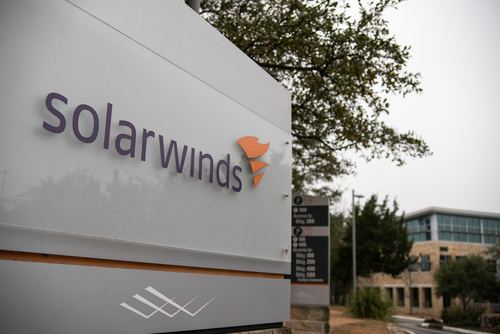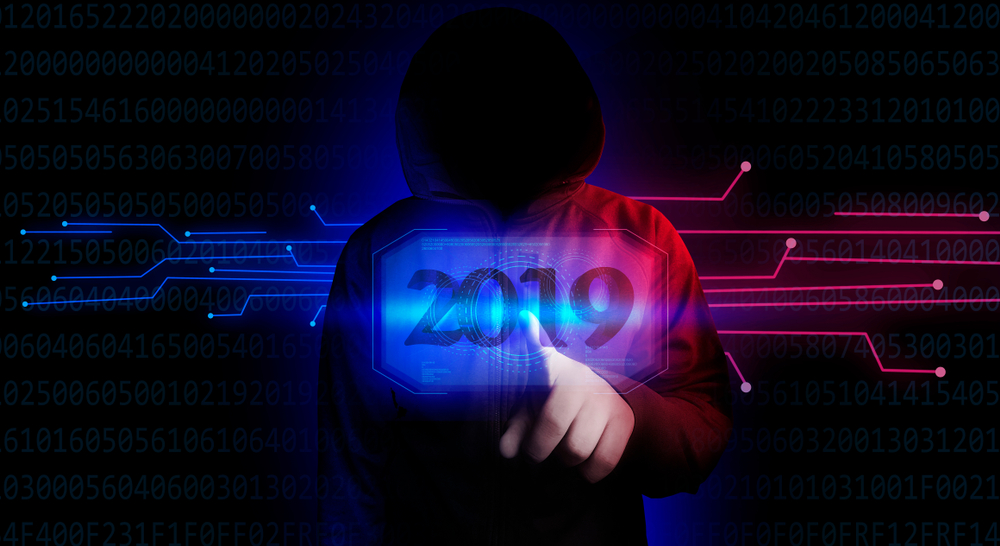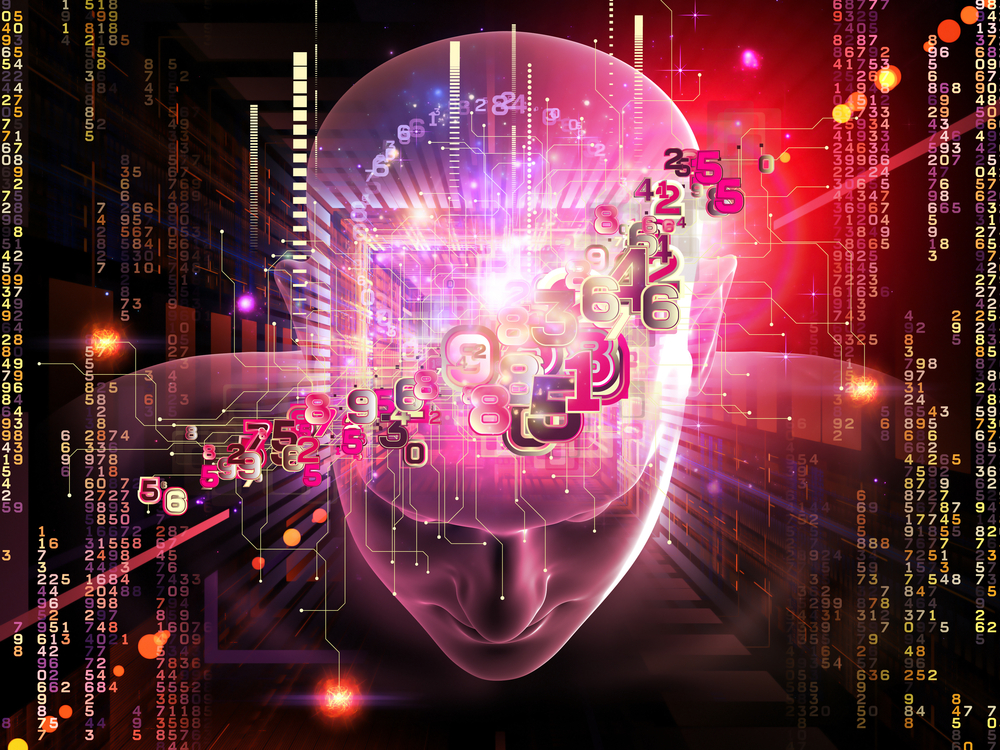The Solar Winds cyber-attack at the end of last year was a great example of the implications that this type of incident can have on the supply chain of an organisation.
Background
Solar Winds are a major US IT firm which provide software globally to Fortune 500 companies and the US government who regularly send out updates to their customers.
What Happened ?
During one of the updates Solar Winds inadvertently sent out updates that included a code that had been hacked. The code it is understood was added into the computer system “Orion” which is primarily used by firms to manage their IT resources. This particular system has 333,000 customers.
This created a backdoor to many of their customers computer systems which once in hackers installed further malware.It is understood that the attack took place for a number of months before it was discovered. It has been reported that 18,000 customers installed these updates which contained the malware.
Worst was still to come when US government agencies updated Orion’s software with the vulnerability being utilised to install Supernova and CosmicGale malware.This ultimately allows a hacker to use remote code on the Orion software.
Who Was Impacted By This ?
The most highest profile company to be affected was FireEye who is a leading cyber security firm. Other companies including Microsoft, Cisco, Intel and Deloitte.
In addition to this a number of US government departments were compromised including the Department of Homeland Security and Treasury Department.
Who Carried Out The Attack ?
It is believed that Russian group SVR were behind this although some sources believe it may have been a Chinese targeted attack. No one is sure.
What Damage Was Caused?
Numerous e-mail accounts were broken into giving the hackers access to information contained within these.The accounts of the US government departments announced that only unclassified information was compromised.
Impact On The Supply Chain
With many computer systems being accessed the task is to try and secure these and the time it will take to carry this out.
Many companies rely on companies for services be these IT related or otherwise and when these are compromised the implications of a cyber attack can run through the entire supply chain.
How Can Cyber Insurance Help ?
This form of insurance can provide many benefits for an organisation hit by such an attack.
The policy provides 24/7 emergency responses access to a specialist panel of vendors who have the specialism and skill set to manage and help with incidents such as these.
For example a forensic investigation can be carried out to ascertain the extent of the attack and if data has been compromised. Costs associated with subsequent claims by individuals and legal fees can also be covered under this policy.
Image : Shutterstock






